Distracted Driving
Here’s Why You Should pay Attention3,450
Number of fatalities in America in 2016 due to distracted driving (NHTSA)




Kate Morgan remembers the incident vividly. She was driving to her parents’ house in suburban New Jersey, alone, with her cell phone on her lap.
It was around 10 p.m. “I’m not even sure exactly who I was texting, but it definitely wasn’t important,” recalls Morgan, a Pennsylvania-based journalist who was a teenager at the time. But she clearly recollects what happened next: The road beneath her curved, while she continued to drive straight. By the time she looked up, just a couple of seconds later, her car was hurtling onto someone’s lawn and crashing into a mailbox—which went flying over the hood of her station wagon.
She was uninjured but horribly shaken. “On an average afternoon, the front lawns on that street are full of kids. I know how bad it could have been,” says Morgan (who paid the homeowner for the damage).
“I don’t text and drive anymore.”
By The Numbers
Stories like Morgan’s—many of which end far more tragically—are all too common these days. The statistics are grave and alarming: Distracted driving was the cause of 3,450 American deaths in 2016, as well as 391,000 injuries in 2015, according to the National Highway Traffic Safety Administration (NHTSA).
Yet many people continue the practice. A study published in the Proceedings of the National Academy of Sciences (PNAS) found that American drivers engage in distracting activities more than 50 percent of the time they’re behind the wheel—effectively doubling their crash risk.
That risk translates into accidents. The same study concludes that 4 million of the 11 million crashes that occur in the U.S. every year would potentially be avoided if we could eliminate distraction.
“Make no mistake,” says Maureen Vogel, a representative for the National Safety Council (NSC). “Distracted driving is an epidemic.”
3,450
Number of fatalities in America in 2016 due to distracted driving (NHTSA)
36%
Potential amount of crashes in the U.S. each year that could be avoided if we eliminate distraction (PNAS)

36%
Potential amount of crashes in the U.S. each year that could be avoided if we eliminate distraction (PNAS)

“DISTRACTED DRIVING IS AN EPIDEMIC.”
—MAUREEN VOGEL, National Safety Council
DISTRACTING THINGS WE ALL DO
It’s not just cell phones that can distract us. All of these (perfectly legal) activities have caused accidents—take extra caution.

Quiz:
Do You Know The Facts?
Q: What’s the most common distracting behavior of drivers at a stoplight?
REVEAL ANSWER
A: Eating & drinking
Source: IIHS
Q: Reaching for, answering, or dialing a cell phone increases the risk of a crash (or near crash) by how much?
REVEAL ANSWER
A: Any of them triples your risk.
Source: IIHS
Q: How many teens who text say they have texted while driving?
REVEAL ANSWER
A: One in three. It increases their risk of a crash 23 times.
Source: NHTSA
Q: Which passengers cause teens to exhibit the riskiest behaviors? Family, friends, or no passengers?
REVEAL ANSWER
A: Friends, especially when there are two or more.
Source: NHTSA

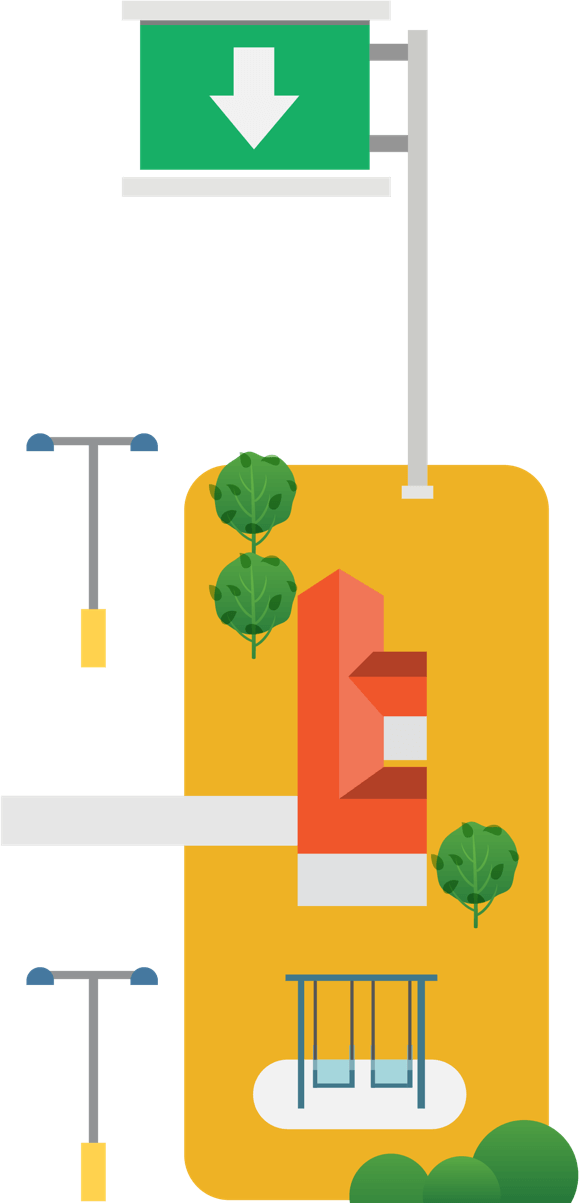
Video: Avoiding Your Cell Phone While Driving
Play Button
More: Managing Emotions While Driving
Play Button
More: Managing Passengers While Driving



“THERE’S A DANGEROUS SORT OF CULTURAL COMPLACENCY THAT’S OVERTAKEN US, ESPECIALLY WHEN IT COMES TO USING OUR DEVICES.”
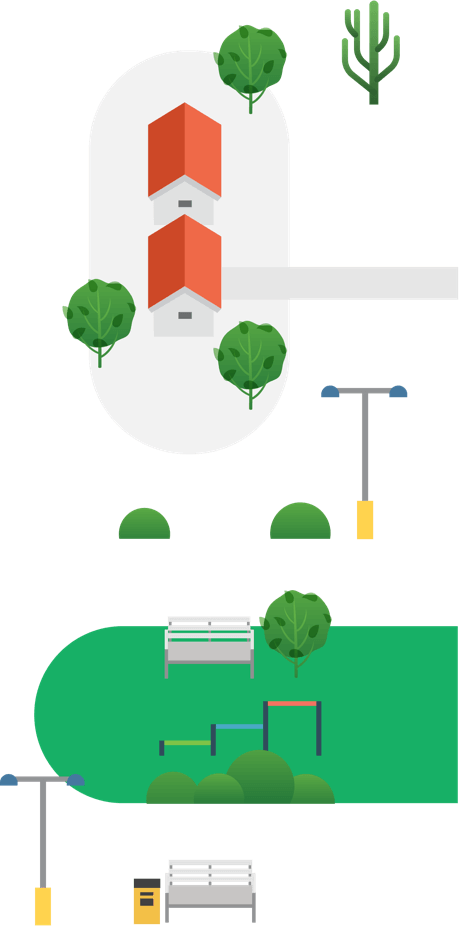
FIGHT THE DISTRACTION
Before you start driving, put the phone on silent and stow it out of reach; or give it to a co-pilot.
FIGHT THE DISTRACTION
Any extreme emotion can cause tunnel vision. If you’re feeling angry, sad or stressed, don’t get behind the wheel. If you’re already driving, find a safe place to pull over and park until you feel better.
FIGHT THE DISTRACTION
Assign seats and roles to your passengers before getting in the car, to minimize potential distractions. Always secure pets in a crate or a backseat restraint.
 New message! READ NOW
New message! READ NOW
“Hey, I just got into town. What are you up to tonight? Want to grab a bite then go see a movie?” READ NEXT
“If you had been reading this while driving 55 mph, you would have traveled the length of a football field.”
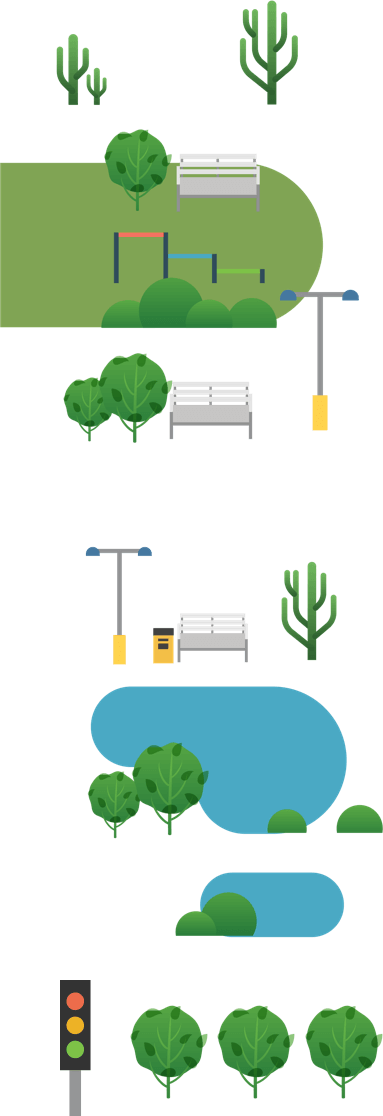
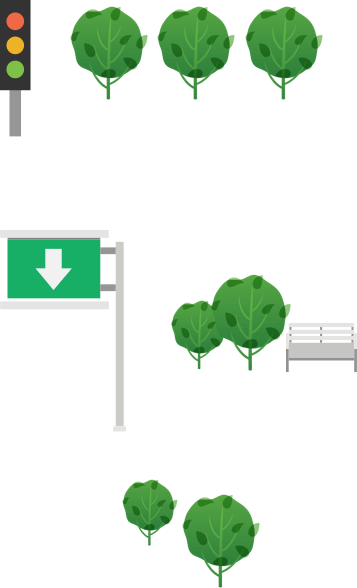

CELL PHONE BANS: STATE LAWS
Although distracted driving is uniformly discouraged across the country, cell phone usage laws vary from state to state. Check out the hand-held usage laws for each state provided by the Insurance Institute for Highway Safety (IIHS).



 Change Starts Now
The NSC’s Vogel feels hopeful about all the efforts to combat this epidemic; and encouragingly, NHTSA reports that distracted-driving fatalities in 2016 dropped slightly (2.2 percent) from the previous year. “Someday we’re going to look back at distracted driving and feel the same way about it as we do now about drunk driving,” Vogel says. “We’re going to wonder how we ever let it happen at all.”
But Vogel also feels that getting to this point will require more effort, starting with taking personal responsibility for our own driving behavior. “There’s a dangerous sort of cultural complacency that’s overtaken us, especially when it comes to using our devices,” she says. “We want to be safe—but we also want to be able to pick up our cell phones whenever they ring.”
“We all need to do our part to address this disconnect,” says Vogel. “Before we take the wheel, we should all make sure we look in the mirror and take personal responsibility for our driving habits. We do not want others to be distracted. We should make sure we aren’t distracted ourselves.”
Illustrations by Jing ZhangIllustrations by Sarah Gold
Change Starts Now
The NSC’s Vogel feels hopeful about all the efforts to combat this epidemic; and encouragingly, NHTSA reports that distracted-driving fatalities in 2016 dropped slightly (2.2 percent) from the previous year. “Someday we’re going to look back at distracted driving and feel the same way about it as we do now about drunk driving,” Vogel says. “We’re going to wonder how we ever let it happen at all.”
But Vogel also feels that getting to this point will require more effort, starting with taking personal responsibility for our own driving behavior. “There’s a dangerous sort of cultural complacency that’s overtaken us, especially when it comes to using our devices,” she says. “We want to be safe—but we also want to be able to pick up our cell phones whenever they ring.”
“We all need to do our part to address this disconnect,” says Vogel. “Before we take the wheel, we should all make sure we look in the mirror and take personal responsibility for our driving habits. We do not want others to be distracted. We should make sure we aren’t distracted ourselves.”
Illustrations by Jing ZhangIllustrations by Sarah Gold




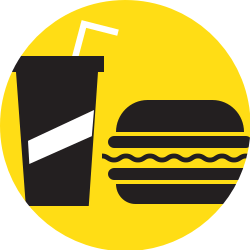 EATING & DRINKING
EATING & DRINKING
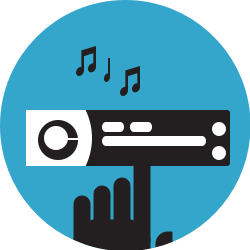 CHANGING RADIO STATIONS
CHANGING RADIO STATIONS
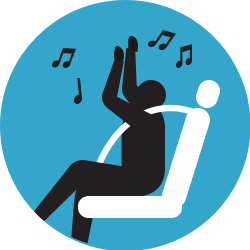 DANCING IN SEAT
DANCING IN SEAT
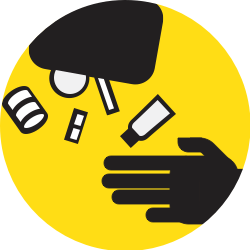 REACHING FOR AN OBJECT
REACHING FOR AN OBJECT
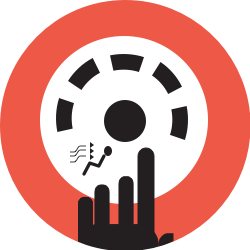 ADJUSTING CLIMATE CONTROL
ADJUSTING CLIMATE CONTROL
 HAIR & MAKEUP
HAIR & MAKEUP
Pauline Grey says,
Great information especially to younger drivers who can get distracted very easily.
DORIS CRAIG says,
I’ve learned a lot. Very informative. Thank you!
juan j rodriguez says,
very good test i learn a lot
Henry Massery says,
I agree that distracted driving is dangerous. I do have my phone to talk, hands-free, but do not text. I see people who don’t stay in their lane and every time, they are texting.
RONNIE SHAMBLIN says,
very good test eye opening
Fe Tanalgo says,
I learned that mere conversation with a passenger could csuse distraction.
Veronica Smith says,
The tests was in interesting. It afforded information that I wasn’t aware of since having my drivers license for 45 years it was eye opening. However, I’m thankful that most questions I already take into account.
Vernita Fenn says,
Taking the course has made me aware of some things that can distract me. I did learn that even all devices and friends or family can be a distraction.
Vernita Fenn says,
the Illustrations were helpful and help me to consider my decision to avoid distractions that might cause an accident .
Carlos Hernandez says,
Informative!
Loretta Jackson says,
Thank you. I will certainly make every effort to comply!
Loretta Jackson says,
Thank you.
MAJOR DICKERSON says,
GREAT LESSON
Jeri Winston says,
Tests were fun!
Joe McCaffrey says,
Use the common sense solutions that many of us ignore, and use them all of the time while driving.
Loretta Jackson says,
I agree and will certainly make every effort to comply!